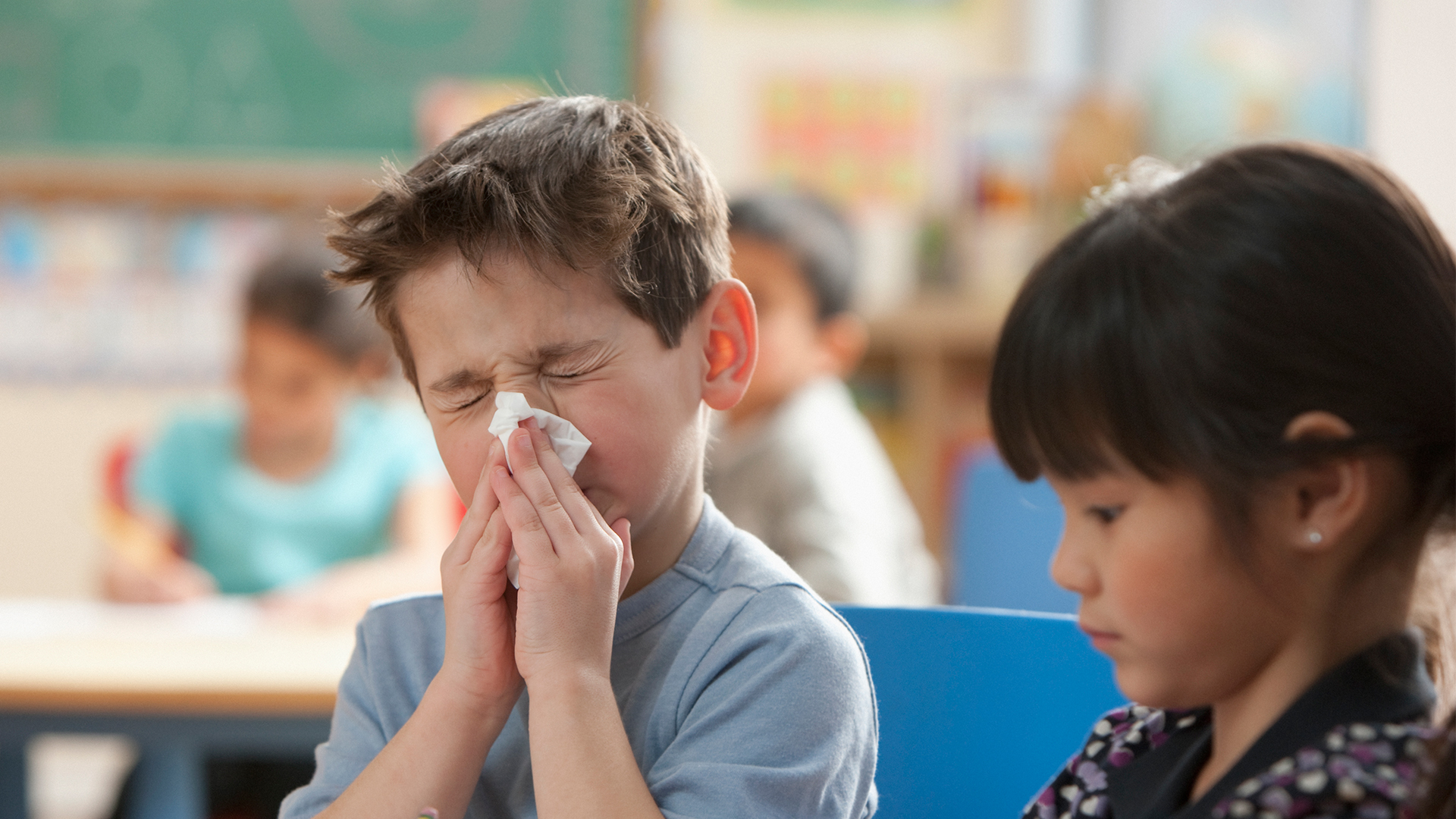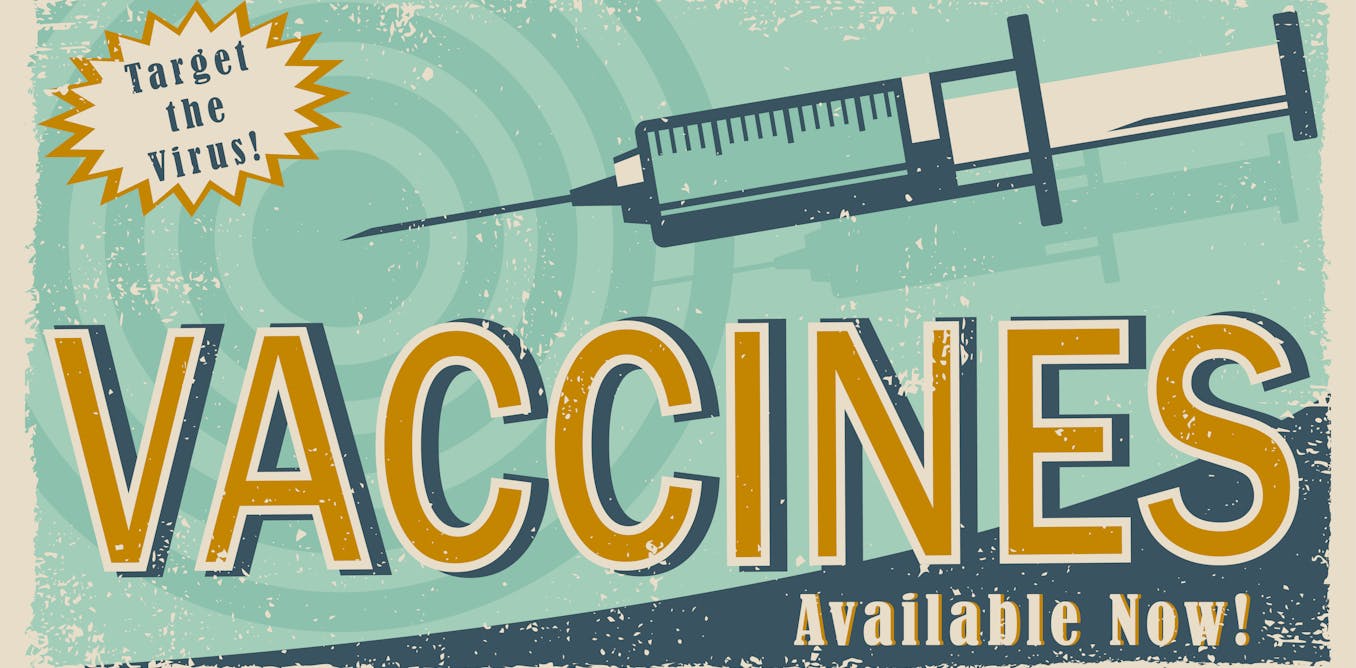OVER the coming weeks, millions of children will be flooding into school classrooms all over the UK.
Along with their shiny new lunchboxes, parents will send their kids off with hopes that they will have fun, make lots of friends, and not bring home any nasty bugs.
5
Sadly, there is a very high chance your little one will return a nasty gift for the family – but why?
Viruses and bugs are spread via the things we touch and the air we breathe, explains pharmacist Thorrun Govind.
She tells The Sun: “Children get very excited when they go back to school.
“There is often lots of hugging and playing between friends they haven’t seen all summer – and all that close contact means bugs can easily spread.
“They also tend to cough and sneeze without covering their mouths and don’t always wash their hands without parental supervision.”
Going back to school for most children also means a big change to their daily routine.
Long gone are the lie-ins, late nights and days with little or nothing planned.
As the term begins, lots of children find themselves waking up earlier, working hard at school, socialising lots, then going to clubs or playing sports.
“They can get tired which can make their immune systems weaker, leaving them more prone to picking up bugs,” Thorrun adds.
The bugs to watch out for
The common cold
The first bug to be aware of when your little one heads back to class is rhinovirus, more commonly known as the common cold.
Speaking to The Sun, Professor John Tregoning, of Imperial College London, said: “It usually peaks in about October, but never really goes away.”
The main symptoms are your classic coughs, sneezes and runny noses, the expert explained.
“Whilst it can be a bit more serious in children with asthma, it is self-resolving and, like all viral infections, does not need antibiotics,” he added.
Respiratory syncytial virus (RSV)
As the term plods on, respiratory syncytial virus (RSV) is likely to raise its ugly head.
“This usually peaks around Christmas time,” the expert said.
“This should not be a problem for school-aged children, but can be serious in babies less than one year old, so it’s worth keeping an eye on younger siblings.”
In the UK, about 30,000 babies and children under five need hospital treatment every year due to RSV, though fewer than 90 now die from it.
It’s a leading cause of infant mortality and is especially dangerous to babies born prematurely.
Symptoms include a runny nose, sneezing or nasal congestion, a cough, and sometimes a fever.
As of September 2024, anyone pregnant, or aged between 75 and 79, is eligible for one dose of Pfizer’s jab Abrysvo to tackle RSV.
Getting the vaccine while pregnant can help protect your baby in it’s first few weeks of life, when they are most vulnerable to bugs.
Older people are also more at risk of falling severely ill from RSV.
The NHS in England is being urged to vaccinate as many people as possible in September and October before winter starts and RSV circulates more widely.
Symptoms of RSV
PEOPLE commonly show symptoms of the virus four to six days after being infected.
Signs include:
- Runny nose
- Decrease in appetite
- Coughing
- Sneezing
- Fever
- Wheezing
But symptoms can be much more subtle in very young babies, including irritability, decreased activity and breathing difficulties.
Most children will have had an RSV infection by their second birthday.
It can cause a condition called bronchiolitis in babies and young children.
Symptoms of bronchiolitis in very young infants include:
- Refusal to breastfeed or bottle-feed
- Breathing more quickly and noisily (wheezing)
- Seeming very tired, upset or inactive
- Signs of dehydration – lack of tears when crying, little or no urine in their nappy for six hours, and cool, dry skin
Source: CDC, Asthma + Lung UK
Flu
Influenza, or flu, peaks around the same time as RSV, prof John said.
“As with RSV, school-aged children don’t get a very severe infection – but the major risk here is passing it onto elderly relatives,” he added.
The NHS suggests getting your child vaccinated, which protects both the child and can reduce transmission to others.
Children from reception up to year 11 will be offered the free flu nasal spray vaccine in schools.
Symptoms include a fever above 37.9C, breathlessness, rapid breathing, cough, runny and blocked nose as well as sneezing.
Covid
Covid is usually quite mild in kids over the age of four.
“In most children, this will present as a cold, indistinguishable from other viruses,” the expert said.
New figures suggest infection rates have slowed down in recent weeks.
Data from the UK Health Security Agency (UKHSA) show there were 1,404 symptomatic cases in the week ending August 21, down 19 per cent – from 1,637 the week before.
It comes as experts fear the ‘Flirt’ variant, known scientifically as KP.2 could infect the vaccinated.
Recent data suggests the virus is even evolving away from the FLiRT variants with even more evasive features – meaning it’s better at surviving, even in those who have some immunity .
Carers, pregnant women, and health and social care staff will all be among the groups to be offered a Covid and flu jab this autumn, as well as adults aged 65 and over.
School children, who return to classrooms this month, will not be eligible for a dose.
The symptoms are very similar to symptoms of other illnesses, such as colds and flu.
This includes a a high temperature or shivering, a headache, a new cough, a blocked nose – and even diarrheoa.
Scarlet fever

5
Another bug to have you eye on is scarlet fever, which is caused by the Strep A bacteria, the professor said.
The nasty bacterial infection can lead to tonsillitis, skin infections and, in very serious cases, a life-threatening illness called invasive Group A Streptococcal disease (iGAS).
Cases of Strep A surged two winters ago, peaking in December.
During that time, a total of 426 people – including 48 children – died with iGAS in England.
For comparison, in the 2017 to 2018 season, there were 354 deaths in total, including 27 deaths in children under 18.
Experts believed a lack of socialising among children during the pandemic may have caused a drop in population immunity.
So far this year, cases of scarlet fever are “circulating as expected”, the UKHSA said in its most recent update.
There were 12,176 cases of scarlet fever notified between January 1 and March 2024, according to the most recent data.
This is higher than the average for the previous five years, but below the high levels seen for the same period in 202, which was 15,933.
Symptoms of scarlet fever can be flu-like, including a high temperature, sore throat and swollen neck glands.
It also brings on a red raised rash on the chest and tummy, which spreads to other parts of the body.
It can leave some children with a red strawberry-like rash on their tongue.
The NHS recommends people see their GP if a sore throat does not improve after a week, if they have a high temperature, or feel hot and shivery.

5
Norovirus
Norovirus is a bug most parents fear most.
Nicknamed the “winter vomiting bug”, it does exactly what it says on the tin: it causes vomiting and often violent diarrhoea.
According to the UKHSA, outbreaks are common where people have close contact, such as in schools and nurseries.
The latest figures on the bug suggest cases are “unseasonably high”.
Between May 27 and June 24, there have were 9,900 cases of norovirus – 46 per cent higher than cases during the same time period over the last five years.
Measles

5
Measles is a centuries-old contagious disease that, until recently, had faded to a distant threat in the UK. But now it is on the rise.
Last year, the UK dealt with it’s biggest outbreak in 12 years after vaccine rates plummeted.
The nasty disease can spread very easily among those who are unvaccinated, especially in nurseries and schools.
In some children, measles can be very serious, leading to hospitalisation, lifelong complications, and even death.
Getting vaccinated offers protection and helps prevent the spread of the disease in those more vulnerable.
Health cheifs are now calling parents to get their kids vaccinated ahead of the school term, over fears of a second resurgence.
The MMR jab protects against measles, mumps and rubella and is delivered to children in two doses from your GP.
Symptoms can be vague, and can include a high fever, cough, runny nose and a rash all over the body.
Whooping cough
The name whooping cough might stir up images of Victorian England.
But the illness can strike thousands of patients during outbreaks, which occur every three to five years.
Surges in cases have occurred in 2012, 2016 and, most recently, 2024.
While Brits are used to battling a week or so of sniffles and sore throats as a result of the common cold, flu or Covid, whooping cough can leave sufferers with a cough that persists for months on end, hence why it is sometimes called the ‘100-day cough’.
The disease spreads quickly. It is more infectious than Covid and around as infectious as measles.
It poses a particular worry for the elderly, people with a compromised immune system and infants.
Most children under six months require hospitalisation due to the risks of brain swelling and convulsions.
One to three per cent of those under three months die from the illness.

5
In teenagers and adults, serious cases of whooping cough can lead to pneumonia, fainting and even rib fractures due to the intensity of the coughing fits.
Nine infants have died from whooping cough since November 2023, with cases continuing to rise, the UKHSA says.
Its latest figures, for England show 2,591 confirmed cases in May, with a total of 7,599 since January.
The best way to protect your family is to make sure everyone is up to date with their vaccines.
Women can get the vaccine through their GP or some antenatal clinics.
All babies are also offered three doses of the six-in-one vaccine, at eight, 12 and 16 weeks of age, to protect against whooping cough and other serious diseases.
Children are then offered a pre-school booster – and any who have not been vaccinated can still get the jab up to the age of 10.
The symptoms usually start five to 10 days after you catch the bug.
At first, it can feel like the common cold, but after about a week, patients will get coughing bouts that last for a few minutes and are worse at night.
Young babies may also make a distinctive “whoop” or have difficulty breathing.
The cough can bring up thick mucus, which can cause people to be sick.
Young children or babies might turn blue or grey because of difficulty breathing, while adults might become red in the face.
A GPs advice on how to avoid back-to-school bugs
With kids across the UK returning to school this week, Dr Dave Nichols, NHS GP and resident doctor at MyHealthChecked, shares his top tips on how to avoid pesky bugs:
1. Hygiene measures
“Basic good hygiene measures are an important way of reducing the transmission of viruses.
“Washing hands frequently with warm soap and water when a person has symptoms of the common cold or has come into close contact with someone who has symptoms.
“Avoiding sharing items within households such as towels can also help.
2. Physical exercise
“Ensuring regular physical exercise is important because exercise has been shown to reduce the chances of people developing viral illnesses such as the common cold.
“Exercise plays an important role in boosting immunity by increasing the circulation of some important immune cells which fight against infection.
“Exercise also plays a key role in helping to reduce stress and the release of stress related hormones within the body which has an important impact.”
3. Nutrition/vitamins
“Having a well-balanced diet is important to ensuring a healthy immune system, which your body needs to fight infections.
“Traditionally advice has always focussed on increasing your intake of dark green leafy vegetables, however good health is not just focussing on a single nutrient and we need a range of nutrients from a varied balanced diet to ensure our immune system remains strong.
“Ensuring you remain well hydrated by drinking 2-2.5 litres of fluid a day is also important to ensure the body functions optimally.
“More recent work suggests that probiotics may be helpful in preventing respiratory infections, whilst zinc supplementation has also been shown to be effective.”
4. Lots of rest
“Ensuring that you are getting adequate amounts of rest and sleep is crucial in helping to reduce your risk of becoming unwell.
“A healthy adult needs between 7-9 hours of sleep per night, with children requiring longer.
“Sleep quality has been shown to be an important predictor of immunity, with those regularly sleeping under the recommended amounts more likely to develop a cold.
“Improving your sleeping pattern is therefore an important way to reduce the chances of becoming unwell.
5. Stop smoking
“Smokers tend to have more severe respiratory symptoms when unwell with the common cold, with symptoms lasting longer than those who do not smoke.
“The risk of complications such as lower respiratory tract infections also increases, so stopping smoking is an effective way of reducing your risk.”




